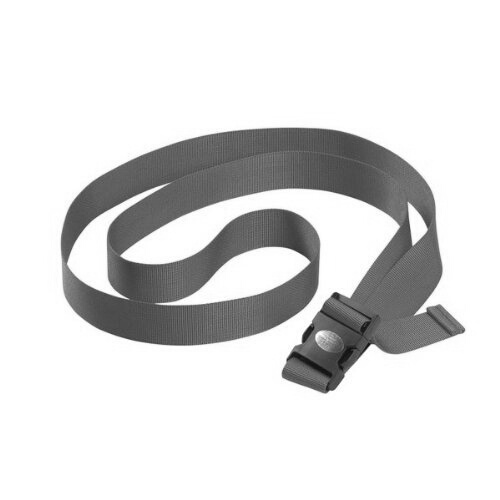Joint mobilization has a long history, but it is a very physical task. In the 19th century many different kinds of machines were developed to assist in the alignment of the human body (see Zander machines, for example). It is possible that some of the belts and stays used in these machines were the inspiration for the development of mobilisation belts frequently used in practice today.
In modern physiotherapy practice the use of a mobilization belt to assist the practitioner to gain movement of the hip, knee, back and elbow is common. There is some support to the notion that New Zealand physiotherapist Brian Mulligan was the developer of modern mobilization belts, and that his presentation of them for use in ‘Mobilization With Movement’ has added significantly to the available hands-on approaches to the restoration of function.
The belt allows the physiotherapist to use their body weight to apply a greater force than their hands alone would u allow, or in other cases, produce a third direction of force to the joint.
Additional to the more heavy-duty hip and spinal mobilization belts are cervical self-mobilizations straps/belts which have significant research support for the management of cervicogenic headaches.
Description provided by Cameron MacDonald of the USA

